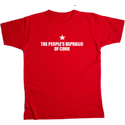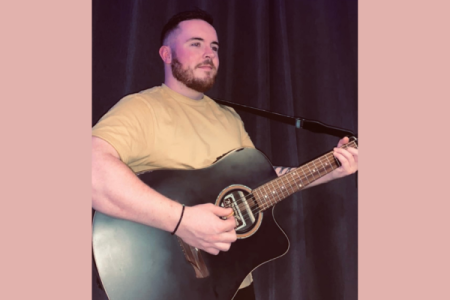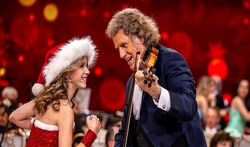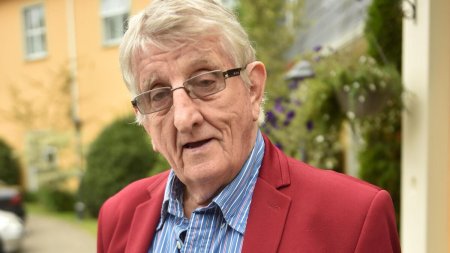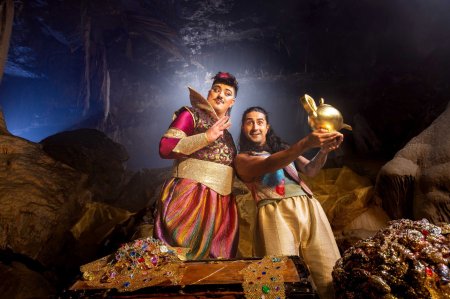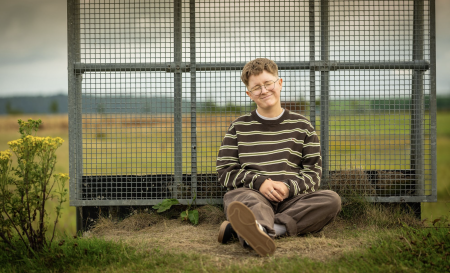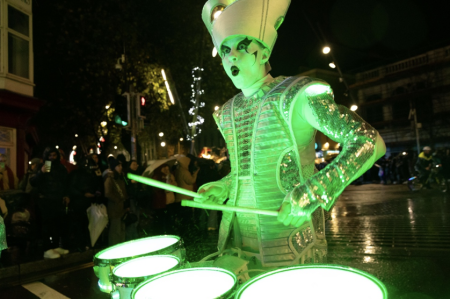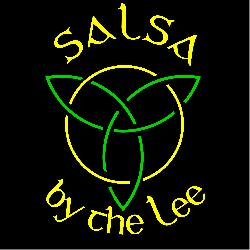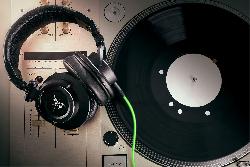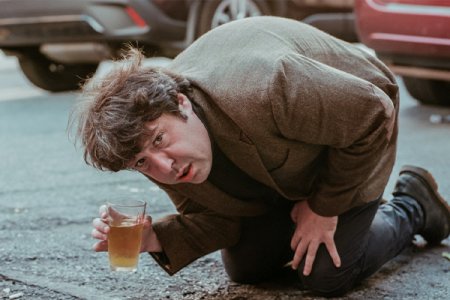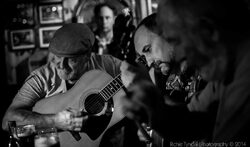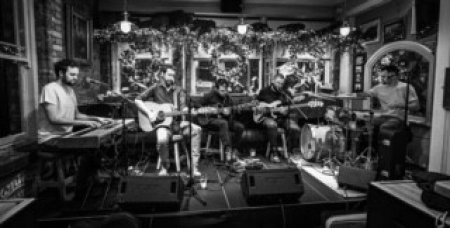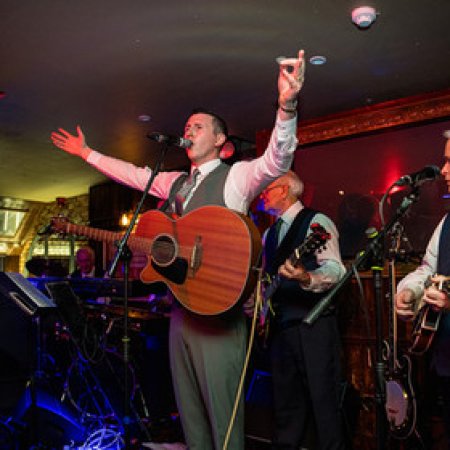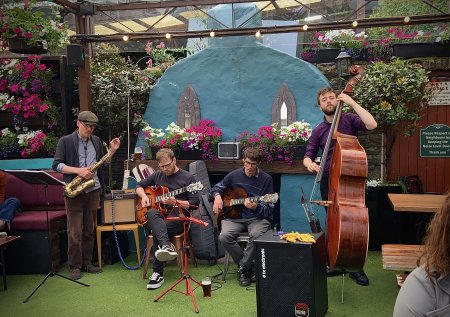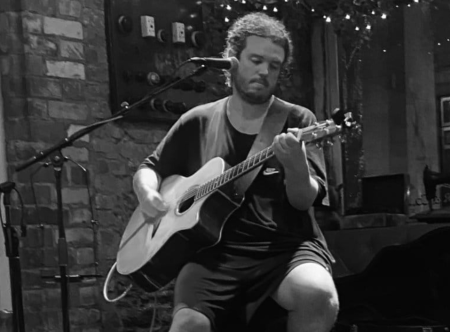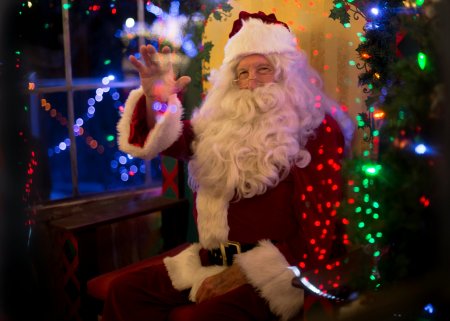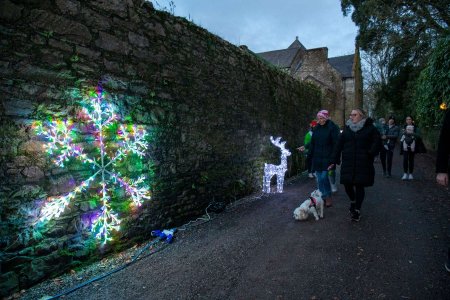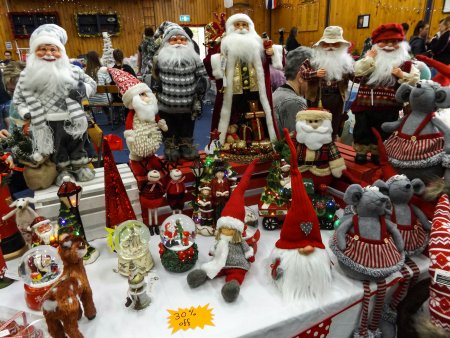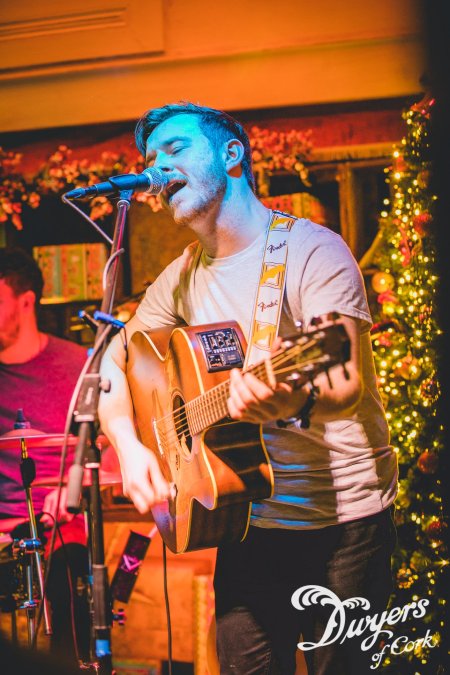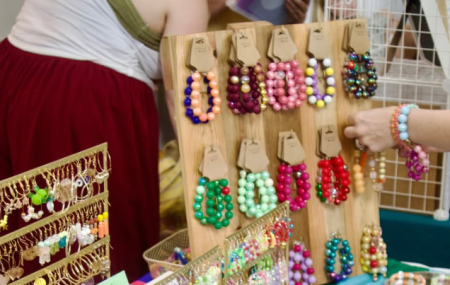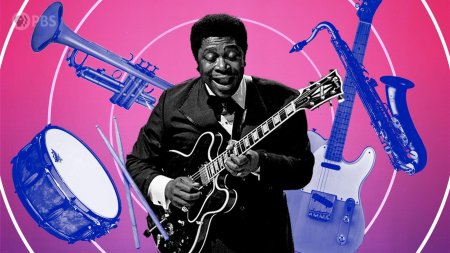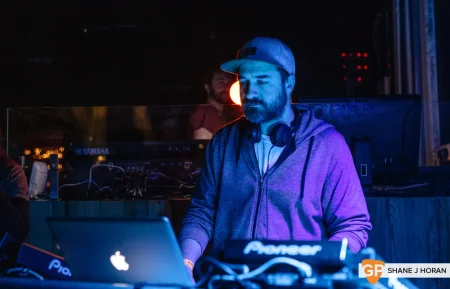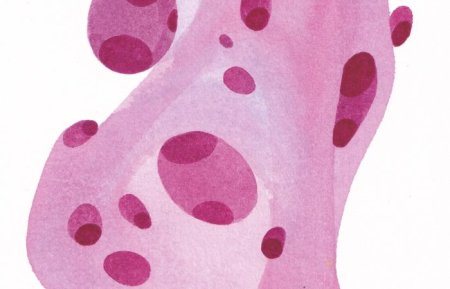Paddywackery Explosion
11th Mar 2009
Paddywackery Explosion
Alan Ger
The approach of St. Patrick's Day and the associated paddywhackery offers some
ample time for reflection for Irish people around the world as to the meaning
of their perceived nationality.
Many cling to it like an infant refusing to let go of its mother's leg or boisterously flaunt it like a GAA jersey on a Californian beach. Many hold their nationality at arms length or discard it altogether so what is it that binds the Irish together?
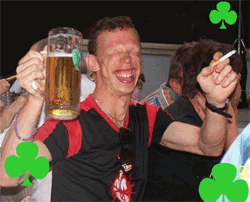 |
Down under: Getting out of the midlands was enough
of a celebration for this langer. |
GAA Heads and Midlanders
With Boston and the rest of Irish American stronghold's unemployment figures
rising at a rate that might even put a shine on Ireland's plummeting job market
mud mad Midlanders are pouring into Australia in the hope of finding a job,
some sun and buying their first pair of flip-flops after a life in wellies.
When asked by foreigners what part of Ireland they are from they will generally say 'Dublin', embarrassed to mention their own hometowns and they will go to extraordinary lengths to ensure they don't have to consume new foreign food including becoming "midland mules" by swallowing hundreds of unopened packets of rashers and sausages at airports to get them through customs.
Most likely to be seen: in Sydney sweating profusely eating a well done steak and chips.
Northern Irish
Nordie followers of hurling are more likely to get excited about the big green
day than those who follow hockey - the latter are still pretending to be British
just to tease us.
Eager to show that they are as Irish as anybody from "the south"
Nordie looneys go to extremes to display their Irishness and love taking pint
swilling Paddywhackery to its extreme.
With the North's economy not as brittle as its 26 county neighbour, the parade
of bargain hungry Irish "patriots" over the VAT border and the British
tax payer pouring the equivalent of £4,000 per person into the divided
province every year many Nordies are can afford to spend Paddy's Day in a resort
or European city, sparred the torture of emigration.
Most likely to be seen: in a fountain in Rome or a swimming pool in Gran Canaria holding a pint of stout aloft and roaring something indiscernible to other speakers of English whilst paramedics beckon them ashore.
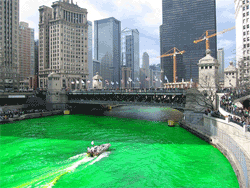 |
Paddy took a slash and look what happened! |
Irish Americans
Far from the knick-knack Paddywackery performed by the native Irish on Paddy's
Day second and third generation Irish are much more particular about what aspects
of behaviour they engage in on the national holiday.
Participating in their local parade is of utmost importance and a great honour and unlike most first generation Irish people's lack of interest in their lineage Hiberno-yanks know what their great-great grandfather had for breakfast the morning he set off from the motherland on the coffin ship in 1835.
Irish language clubs, including massively successful ones in New York and Toronto are springing up all over North America as hyper-enthusiastic patriots who've never set foot on dear old Erin make impressive drives to keep croí na hEireann pumping despite our own government's failings back home.
Most likely to be seen: on telly waving a little Irish flag at an extravagantly expensive parade making those half-dressed up rain soaked back-of-a-lorry efforts back home look embarrassingly amateur.
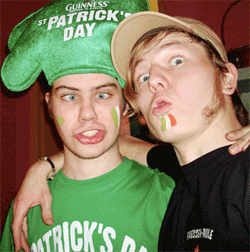 |
Nordies pledge a naive allegiance to Dublin |
Corkonians
Like asking an Irish person from the other 31 counties whether they feel European,
many Corkonians are understandably hesitant with the "Irish question".
Happy to go with the flow and let rip on Paddy's Night it does not stop Corkonians
from subscribing to the famous passage from Holy scripture: "Cork man first,
Irish second" Keane 2:23.
Subtleties often only apparent to other Corkonians reveal the Leesider's distain for Dublin rule: drinking locally brewed stouts, crossing their fingers during Amhrán na bhFiann and cheering on Ireland in rugby only because of the Cork players on whom the team rely.
Most likely to be seen: out on the town but trying to avoid people from work because they pulled a sicky for 16th because it fell on a Monday whilst mainly talking about the hurlers and the Cork county board.
Dubliners
Surely only a few short years from being reabsorbed into the commonwealth the
'capital' of the Irish republic remains about as Irish as a Leyton Orient
supporters day out at Madame Tusades - the sprawling city now a veritable wax
tribute to our Morris dancing neighbours across the Irish Sea.
Still without a set of fifteen individuals capable of playing the national sport to any degree higher than Cork's under-12's camogie development squad, Dublin has still managed to fool tourists into believing its crime ridden streets are suitable for tourists seeking an incite into the much lauded culture of the Emerald Isle.
The performance of its unruly drunken youths rioting on Paddys Day a few years ago still sends shivers up the spine of any self respecting Irish passport holder.
Most likely to be seen: naked covered in green paint and blood being forcibly dragged in handcuffs from a burning strip-bar into the back of a Paddywagon.
iPub: A new iPhone App which which locates your nearest Irish bar, wherever
you are in the world
iPub is a new iPhone application which will locates your nearest Irish bar, wherever you are in the world. The application, which launches in the iTunes app store this St Patrick's Day, draws on a worldwide database of over 3500 Irish pubs.
The application uses GPS co-ordinates to pinpoint your nearest Irish pub, the app's interactive mapping function will then guide you to your selected bar, your distance to the pubis also supplied. The application also includes comments left by previous visitors to the pub, so you can always find the perfect spot for a pint!
The application is FREE for a limited time only, more information can be found
at www.iPubApp.com


